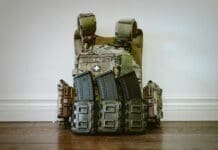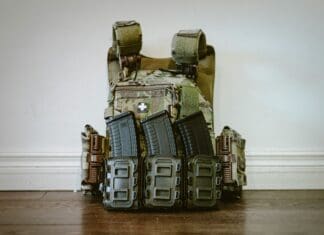This post is also available in:
 עברית (Hebrew)
עברית (Hebrew)
By Arie Egozi
The downsizing of systems carried by special missions aircraft enables the use of small platforms. The Israeli Air Force (IAF) will get another G-550 (Eitam) AEW aircraft next year.
The new special mission aircraft will enhance the capabilities of the IAF’s Nachshon squadron that is one of the busiest in the force.
The systems of the new aircraft are now being put on the platform by ELTA, the electronics subsidiary of Israel Aerospace Industries (IAI).
The main mission of the “Eitam”, a Gulfstream G-550 that is the platform that carries the ELTA radars, is to give Israeli long-range detection of threats before any ground-based radar can do the job.
With an endurance of over 8 hours and an altitude of 42.000 feet, the Eitam supplies the IAF’s command and other squadrons with a real-time aerial picture that is the basis for the complicated missions the IAF is required to perform.
The Eitam carries the ELTA EL/W-2085 multi-sensor suite, which comprises four conformal L- and S-band radars, plus communication and electronic support measures, communications intelligence and ELINT capabilities and identification friend-or-foe equipment, plus various other antennas mounted on the fuselage.
Surveillance data gathered by these on-board sensors is fused and continuously cross-correlated, enabling the suite to be automatically cued to search for specific targets, up to full 360° coverage.
The AEW radar uses four main active electronically scanned array antennas for wide-area coverage and to allow an instantaneous focus to be made on selected targets of interest. Elta says the radar can be pointed at any direction at any time, with the parameters of its arrays controlled by computer. As a result, surveillance can be limited to a battle zone and other areas of interest using a much higher scan rate.
A special mode for maneuvering and high-value targets also employs a high scan rate, with beam shapes optimized to ensure tracking performance and extended detection range.
According to ELTA, the IAI subsidiary, verification beams are sent towards specific, individual and newly detected targets, eliminating false alarms.
The IAI special mission aircraft are operated by a number of foreign air forces and negotiations are underway with additional ones.


























